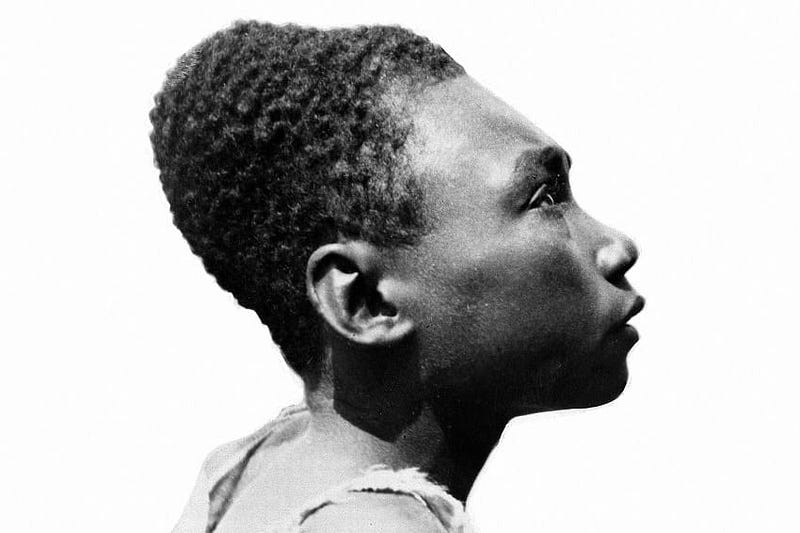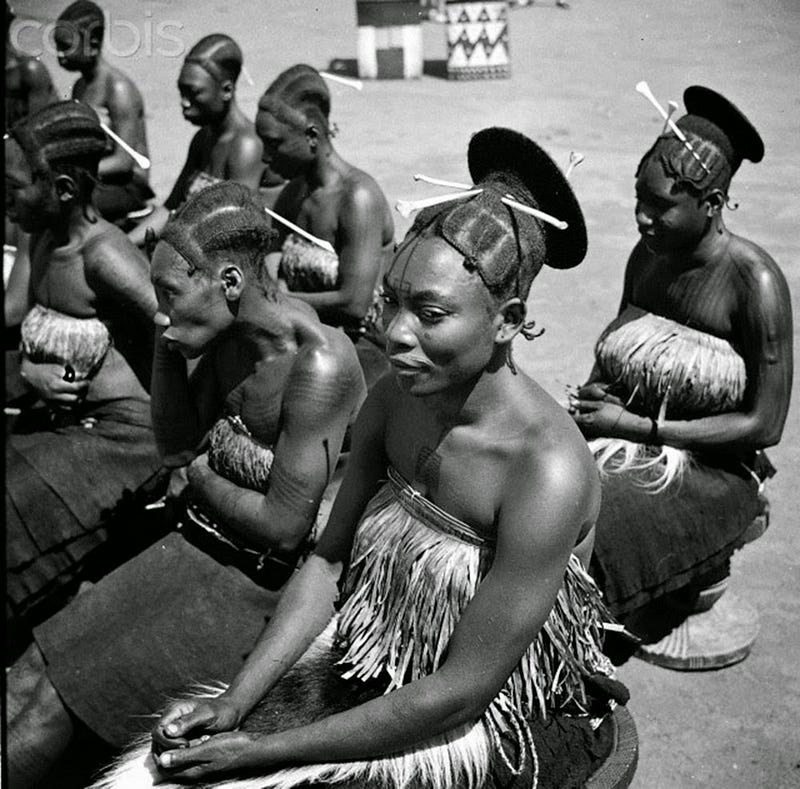The Unusual Custom of Head Shaping Across Cultures
Written on
Chapter 1: Understanding Cranial Deformation
Cranial deformation, often referred to as head shaping, skull elongation, or head binding, has been a fascinating practice across various cultures for centuries. This method involves the intentional alteration of an individual's skull shape, resulting in permanent changes.
Throughout history, different communities have embraced this custom, which has been observed in nearly every continent and many cultures for tens of thousands of years. According to Lucius Drusus on Mental Floss, archaeological evidence suggests that cranial deformation has been practiced by groups such as the Australian Aborigines, dating back approximately 30,000 years.
Section 1.1: A Global Practice
The ancient Maya and Inca civilizations, along with various North American tribes, are also known to have engaged in this practice. Surprisingly, evidence indicates that the Chinese were the earliest to practice skull modification, with records dating back over 12,000 years.
In ancient Peru, during the 1500s, the Collaguas and Cavanas tribes exhibited distinct cranial shapes, showcasing the prevalence of head shaping in their culture. This practice also emerged in Europe around 5,000 years ago, particularly among tribes migrating from the Caucasus region, such as the Samaritans and Avars.

Section 1.2: The Mangbetu Tribe
In Central Africa, specifically among the Mangbetu people of northeastern Congo, head elongation was a prominent aspect of their identity. This unique practice, known as "lipombo," began in the 1950s but was eventually banned by the Belgian government.
The Mangbetu maintained this distinctive look, setting themselves apart from other tribes in the region.
Chapter 2: Methods and Techniques
The techniques for cranial deformation vary, but the most common method involves tightly wrapping the skull with cloth to achieve a cylindrical shape.
The process typically starts at birth, as infants' skulls are most malleable. Newborns are wrapped in cloth to initiate the elongation process, which, when applied gently and consistently, can gradually reshape the forehead.
Unboxing Elongated Skulls and Head Binding
This video explores the historical practice of cranial deformation, showcasing various methods and the cultural significance behind them.
The practice may continue for years until the desired shape is achieved or the child resists it. In some cultures, Native Americans utilized wooden supports to achieve a flattened head shape in infants.
Section 2.1: Variations in Skull Shape
The resulting shapes can vary significantly based on the cultural context, ranging from conical to flat or with bumps. Some parents deliberately position their babies in a way that creates a flattened area at the back of the head, believing it won't hinder their development.
The Mayan civilization is well-known for attaching wooden boards to children's heads to achieve their desired shape.
The Huns Used a Grotesque Practice to Unify Their People
This video delves into the historical practices of cranial deformation among various cultures, including the Huns, and their societal implications.
Section 2.2: Cultural Significance
Historically, cranial deformation served as a form of identity and belonging. Among the Mangbetu tribe, for example, this practice was associated with the ruling class, symbolizing power, beauty, and intelligence.
In some cases, tribes upheld pseudo-scientific beliefs regarding the brain's capacity to retain knowledge based on skull shape. The endurance of this practice through the ages speaks to its deep cultural roots and significance.

References
- Parents Have Been Reshaping Their Kids' Skulls for 45,000 Years. Smithsonian Magazine.
- Changing the Skull's Shape to Adhere to the Community's Beauty Standards. STSTW.
- Elongated Heads Were a Mark of Elite Status in an Ancient Peruvian Society. Science News.
- 10 Intentionally Deformed Skulls from Around the World. Mental Floss.
